Ski poles aren’t just for show - they’re a key part of your skiing setup. The right poles help you stay balanced, steer better, and feel more in control, especially when using short skis like Snowfeet® Mini Ski Skates or Skiskates. With these compact designs, poles are even more important because they support quick turns and sharper movements.
Here’s what you need to know about choosing the right ski poles:
- Length Matters: Use the 90-degree elbow rule - hold the pole upside down, and your elbow should form a right angle. For short skis, slightly shorter poles work best.
- Materials Count: Aluminum poles are durable and budget-friendly (around $30-$60), while carbon fiber poles are lighter but pricier ($80-$150). Aluminum is usually better for short skis.
- Baskets and Grips: Standard baskets (2 inches wide) are great for most conditions, while larger powder baskets (4-5 inches) help in deep snow. Look for grips with non-slip surfaces for better control.
Short skis like Snowfeet® are all about agility and fun. Shorter poles keep up with this style, giving you the control you need without getting in the way. Some skiers even skip poles altogether for maximum freedom. Whether you’re weaving through trees or hitting the terrain park, picking the right poles makes all the difference. Let’s dive into the details!
How to Size Ski Poles | Tips for Choosing the Right Length
How to Choose the Right Ski Pole Length
Ski poles might not get as much attention as skis or boots, but they play a big role in your performance, especially when you're working with short skis like Snowfeet*. Here's how to figure out the perfect length for your poles.
Why Proper Pole Length Matters
The right pole length helps you stay balanced, in control, and on time with your movements. If your poles are too long or too short, it can throw off your technique.
For Snowfeet* users, this is even more important. With Snowfeet* Mini Ski Skates or Skiskates, you're making quick, sharp moves, and the right pole length supports a natural elbow angle - about 90 degrees - when planting the pole. This keeps your skiing smooth and responsive.
- Too Long? You'll overextend your arms, which messes with your balance and adds unnecessary tension.
- Too Short? You might lean too far forward, losing the upright stance you need for control on short skis.
How to Measure Ski Pole Length
There are a couple of easy ways to figure out your ideal pole length:
- 90-Degree Method: Hold the pole upside down with the grip on the ground. Your hand should rest just below the basket, forming a 90-degree angle at your elbow. This works great for both traditional skiing and short skis like Snowfeet*.
- Height-Based Guideline: Multiply your height by about 60%. For Snowfeet*, though, you might need a slightly shorter pole. Start with the 90-degree method and adjust from there to find what feels right.
Always measure while wearing your ski boots. That extra height can change your stance and affect the length you need.
Once you've got your measurement, fine-tune the pole length to match your skiing style.
Pole Length for Different Skiing Styles
Your terrain and style of skiing also play a role in picking the right pole length, especially with Snowfeet*.
- Park and Freestyle: Shorter poles offer more freedom for tricks like spins and grabs while still giving you enough stability for landings.
- Powder and Backcountry: In deep snow or uneven terrain, a slightly longer pole can help with balance and navigating tricky spots.
- Aggressive Carving and Steep Slopes: A shorter pole is better for quick reactions and tight turns, which is exactly what you need for the dynamic style of Snowfeet*.
Short skis like Snowfeet* are all about fast, continuous adjustments, so a slightly shorter pole usually works best. However, there's no one-size-fits-all solution. Experimenting is the only way to find what feels natural for your style and conditions.
"For Snowfeet* users, experimentation is key to determining the best pole length - or even whether to use poles at all".
Some seasoned short ski enthusiasts even ditch the poles altogether to enjoy maximum freedom of movement. But for most, the right pole length strikes a balance between support and flexibility. The best choice is the one that matches your style and the unique demands of your Snowfeet* setup.
Types of Ski Poles and Materials
When choosing ski poles to pair with your Snowfeet*, the material and design play a big role in your overall experience. Unlike traditional long skis, where poles primarily help with rhythm and balance, short skis require poles that can handle quick, sharp movements and sudden changes in direction.
Ski Pole Materials Explained
Aluminum poles are a favorite for most Snowfeet* users - and it’s easy to see why. They’re tough enough to handle the fast-paced, aggressive style that comes with short skis, and they’re budget-friendly, usually priced between $30-60. Plus, aluminum poles strike a great balance: they’re sturdy yet flexible enough to bounce back after bending. This makes them ideal for learning tricks or tackling the terrain park.
Carbon fiber poles are the high-end option, weighing about 30% less than aluminum. They’re priced between $80-150 and offer excellent responsiveness, making them appealing to advanced skiers who want precision. However, they’re not as forgiving when it comes to hard impacts. If you’re hitting jumps, rails, or experimenting with new tricks, carbon fiber poles might not survive the wear and tear - and replacing them can get pricey.
Composite poles fall somewhere in between, but they often don’t deliver the same value or performance as aluminum for Snowfeet* users. For most enthusiasts, aluminum poles remain the best mix of durability, performance, and affordability.
Traditional ski brands like Rossignol and Salomon design their poles for long, flowing turns and a steady rhythm. But Snowfeet* skiing demands something different - poles that can handle quick movements, tight spaces, and the occasional wipeout. That’s why mid-range aluminum poles consistently outperform more expensive carbon fiber options for the unique demands of short skis.
Baskets and Grips for Ski Poles
The size of the basket on your poles might seem like a small detail, but it can make a big difference. Standard baskets (about 2 inches wide) are perfect for groomed runs and most Snowfeet* activities. They slice through snow cleanly and won’t snag on obstacles when you’re navigating tight spots or pulling off tricks.
Powder baskets, on the other hand, are much larger - around 4-5 inches - and are a must if you’re venturing into deep snow or backcountry terrain. Their larger surface area keeps your poles from sinking too far, giving you better stability when you need to push off or maintain balance in powder.
Some poles even feature interchangeable baskets, which is a smart option for those who ski in varying conditions. Switching between standard and powder baskets lets you adapt to the terrain without needing multiple sets of poles.
When it comes to grips, they matter more with short skis because you’re constantly adjusting your hand position. Look for grips with a non-slip rubber or foam surface for better control. Adjustable straps are also key - they should be easy to slip in and out of, so you’re not struggling when hopping on a lift or maneuvering through crowds.
Steer clear of oversized, heavily padded grips designed for long-distance touring. These grips aren’t built for the dynamic, close-quarters action that Snowfeet* skiing demands. A simple, secure grip that lets you feel the pole’s movement is much better suited for short ski techniques.
The bottom line? Your poles should match the way you ski. Snowfeet* opens up a whole new style of skiing, and your gear should enhance that freedom - not hold you back. This brings us to the next step: fine-tuning your pole setup for short skis and Snowfeet* adventures.
sbb-itb-17ade95
Ski Poles for Short Skis and Snowfeet* Products
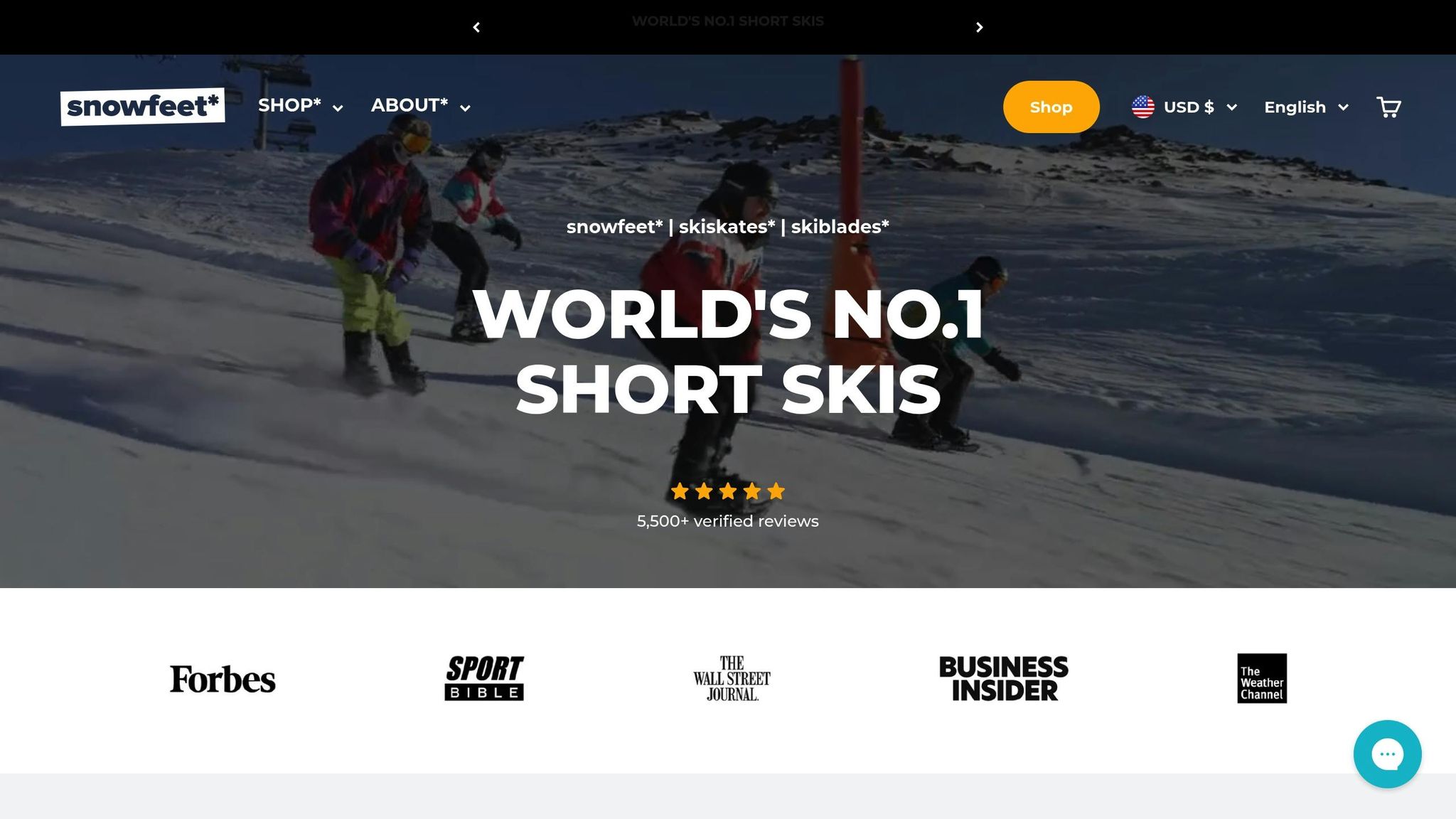
When you're using Snowfeet* products, your choice of poles can make or break your experience. These compact, agile designs call for a pole strategy that matches their unique style of movement.
Why Shorter Poles Are a Better Fit for Snowfeet*
Snowfeet* shines because of its lightweight, highly maneuverable design. To get the most out of it, you'll need poles that complement this agility. Unlike traditional ski brands like K2, Volkl, and Head - which focus on long, flowing turns - Snowfeet* is all about quick pivots, tight turns, and freestyle moves. This means shorter poles are the way to go.
Shorter poles offer several advantages. They enhance agility, reduce strain, and help you maintain control during rapid direction changes. Whether you're weaving through trees, tackling moguls, or hitting terrain park features, long poles can get in the way - catching on obstacles, throwing off your balance, and limiting your range of motion when you need it most.
It's no surprise that professional park and pipe skiers swear by shorter poles. They know that better agility equals better performance in high-energy environments. For many Snowfeet* users, the lightweight design and freedom of movement are so appealing that they ditch poles altogether. While poles can be helpful for certain techniques, going without them can open up even more freedom.
For those who do use poles, shorter ones make precise pole plants a breeze, especially on steeper terrain where longer poles can feel clumsy. This setup allows you to stay aggressive and in control without constantly adjusting for pole length.
Snowfeet* vs Traditional Ski Brands
Let’s break down how Snowfeet* with shorter poles stacks up against traditional ski setups:
| Feature | Snowfeet* with Shorter Poles | Traditional Ski Brands with Standard Poles |
|---|---|---|
| Weight | Lightweight and easy to carry; less tiring for long sessions | Heavier gear can lead to quicker fatigue |
| Maneuverability | Excellent for tight spaces, moguls, and freestyle moves; shorter poles boost agility | Less agile; longer poles can interfere with quick movements |
| Learning Curve | Easier for beginners; simpler to control with fewer coordination challenges | More challenging for new skiers, with a steeper learning curve |
| Versatility | Perfect for terrain parks, tree runs, and varied conditions; adapts to dynamic skiing styles | Best suited for groomed runs and traditional techniques |
| Portability | Compact and easy to transport; shorter poles fit in backpacks | Bulky gear often requires roof racks or large ski bags |
The lightweight setup of Snowfeet* is a game-changer. Imagine hiking to untouched powder or just strolling from the parking lot - every ounce matters. Traditional setups, with their heavier skis and longer poles, can turn these simple tasks into exhausting efforts.
But it’s not just about the weight. Snowfeet* is built for dynamic, unpredictable situations - like navigating tight tree runs, crowded slopes, or freestyle terrain. Shorter poles keep up with this fast-paced style, staying out of your way and letting you focus on the fun.
For beginners, the difference is night and day. Traditional setups can be tricky to master, with long poles adding another layer of complexity. Snowfeet*, paired with shorter poles, simplifies the learning process, letting new skiers focus on balance and smooth movement instead of wrestling with awkward gear.
This isn’t about knocking traditional skiing - it’s about finding the right tool for the job. Traditional gear is great for long, flowing turns on groomed runs. But if you’re looking for an experience that’s all about fun, flexibility, and freedom, Snowfeet* with shorter poles delivers in ways traditional setups just can’t. The right pole choice is key to unlocking everything Snowfeet* has to offer.
How to Select and Adjust Ski Poles
Getting the right ski poles is just step one - knowing how to tweak and maintain them can make a huge difference in your time on the slopes. Whether you're using Snowfeet* gear or switching up your winter activities, a properly adjusted pole setup helps you stay comfortable and perform better.
Adjusting Poles for Different Activities
Adjustable poles are a game-changer. Shorten them for quick, nimble moves when skiskating with Snowfeet*. Need extra support for uphill climbs or tackling tougher terrain? Extend them to improve balance and reduce strain on your back.
Snow conditions also play a role in pole setup. In deep powder, a slightly longer pole gives you more stability, while firmer snow calls for shorter poles to keep things efficient. Even factors like the gloves you're wearing or how cold it is can affect how your poles feel, so don't hesitate to make small adjustments depending on your gear and the day's conditions.
Now, let’s dive into how Snowfeet* accessories and maintenance can take your setup to the next level.
Snowfeet* Accessories and Care
Beyond pole adjustments, keeping your gear in top shape and choosing the right accessories are key. Snowfeet* offers a range of add-ons designed to make your experience better. For example, replacement straps are available at snowfeetstore.com starting at just $6 - perfect as backups to keep your poles secure. These accessories are tailored specifically for Snowfeet* gear, making them a solid upgrade over generic options.
Maintenance matters, too. Snowfeet* replacement straps are lightweight and portable, and their specialized wax helps your gear glide effortlessly. For even better performance, you can swap out pole baskets to match the snow conditions you're facing.
What ties it all together is Snowfeet*’s integrated design. Their bindings work with a variety of winter footwear, including regular winter shoes, snowboard boots, and ski boots. This compatibility ensures all your gear works seamlessly, giving you a smooth and enjoyable experience every time you hit the slopes.
Conclusion: Choosing the Right Poles for Your Skiing
Picking the right ski poles comes down to three things: proper length, quality materials, and matching them to your skiing style. The classic 90-degree arm bend method works well for most setups, but if you're into skiskating or using skiblades, slightly shorter poles might be a better fit.
When it comes to materials, carbon fiber poles are a favorite for advanced skiers thanks to their lightweight feel and performance. On the other hand, aluminum poles are tough, reliable, and easier on the wallet - perfect for those just starting out or looking for durability.
If you're using Snowfeet*, shorter poles pair seamlessly with their compact design and regular winter footwear, making your setup simpler and more convenient. This compatibility highlights Snowfeet*'s knack for blending ease of use with solid performance, giving you the freedom to fine-tune your gear to your liking.
Adjustable poles are another great option, especially if you like to mix things up. Whether you're cruising groomed trails with Snowfeet* skiblades or exploring off-the-beaten-path backcountry routes, being able to tweak your pole length on the go helps keep you balanced and comfortable.
Don’t overlook the smaller details, either. Good grips, straps, and baskets make a big difference in reducing fatigue and giving you better control. Snowfeet* also offers handy accessories like replacement straps, so your gear stays dependable all season long.
Winter sports are shifting, and shorter skis paired with the right poles are proving to be a game-changer. Snowfeet* is leading the way, showing that smaller, more agile gear can make your time on the mountain more exciting - without sacrificing performance. By choosing poles that match Snowfeet*'s innovative approach, you're setting yourself up for a more nimble and fun-filled winter adventure.
FAQs
Should I use ski poles with my Snowfeet® Mini Ski Skates, or are they better without them?
Whether or not to use ski poles with your Snowfeet® Mini Ski Skates really comes down to your comfort level and how you like to ride. If you're just starting out or feel like you need a bit of extra balance, poles can definitely help steady things. On the flip side, if you're more experienced, you might find that you don’t need them at all. The compact design of Snowfeet® Mini Ski Skates makes them super easy to control and maneuver, even without poles.
One of the coolest things about Snowfeet® products is how lightweight and simple they are. This minimalist design gives you a more free-flowing, dynamic experience - perfect for anyone who loves to keep things simple. With shorter skis like these, poles often aren’t necessary, so you can enjoy the ride without any extra gear. At the end of the day, it’s all about what works best for you and your style!
Why are aluminum ski poles a better choice than carbon fiber for short skis like Snowfeet®?
Aluminum ski poles are a solid pick for short skis like Snowfeet®, thanks to their tough build and wallet-friendly price. They handle impacts better than carbon fiber poles, which makes them a great match for rough conditions and unpredictable terrain. Plus, their durability means you can count on them to perform without worrying about bending or snapping.
Sure, carbon fiber poles are lighter and do a great job absorbing vibrations, but they’re also more delicate and come with a much higher price tag. For the compact and versatile Snowfeet® design, aluminum poles strike the right balance between strength, cost, and performance. They’ll keep you steady on the slopes without emptying your wallet.
How do adjustable ski poles improve performance when using Snowfeet® on different terrains?
Adjustable ski poles are a perfect match for Snowfeet® products, giving you the ability to tweak the pole length to fit different terrains and conditions. This adjustability helps improve your balance, stability, and control - whether you're charging down steep slopes, navigating bumpy trails, or cruising through fresh powder.
Unlike fixed-length poles, adjustable ones adapt to your style of skiing. They offer extra push in deep snow and help you keep a steady rhythm and better control, especially when using Snowfeet's skiblades or mini skis. This added flexibility makes your ride smoother and more enjoyable, no matter where your winter adventures take you.

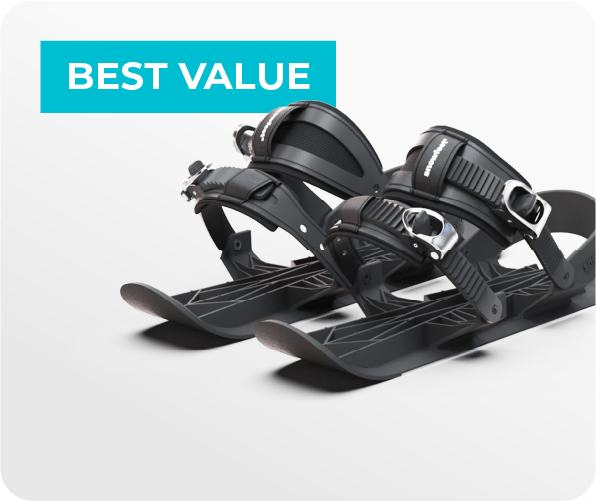



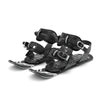
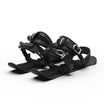
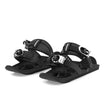

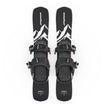
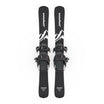

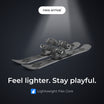
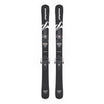
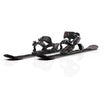
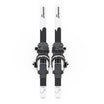


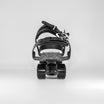

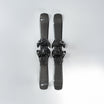

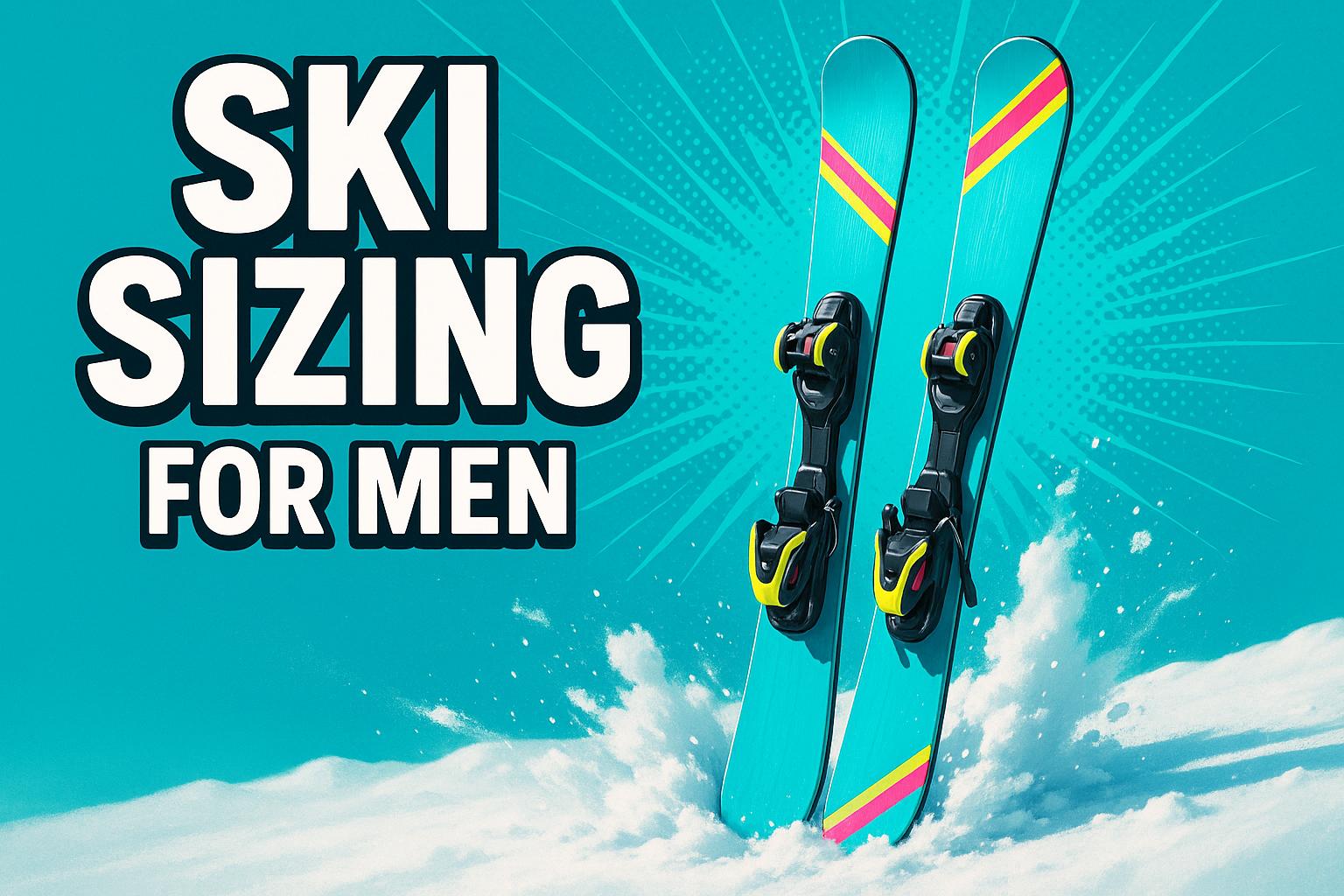
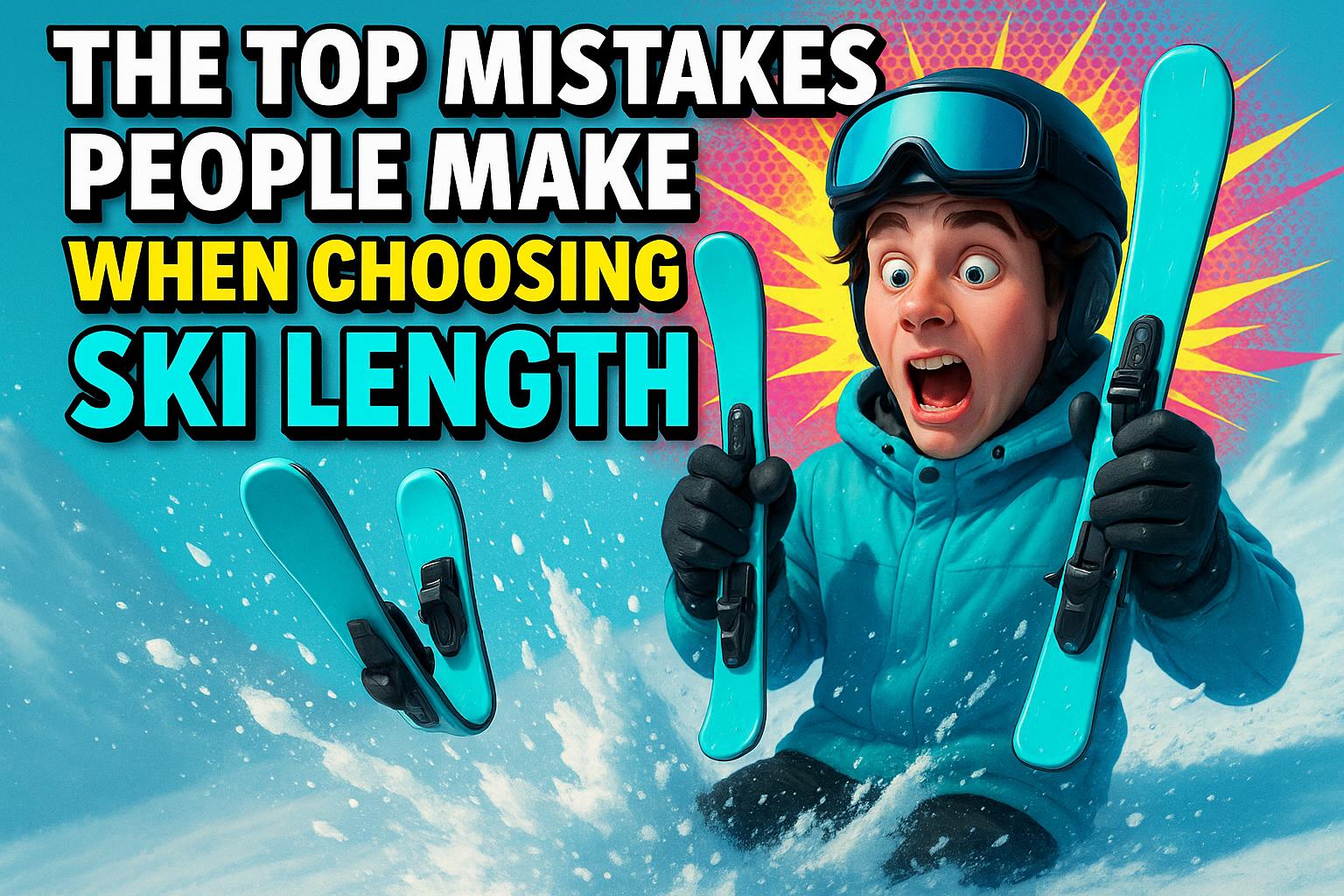
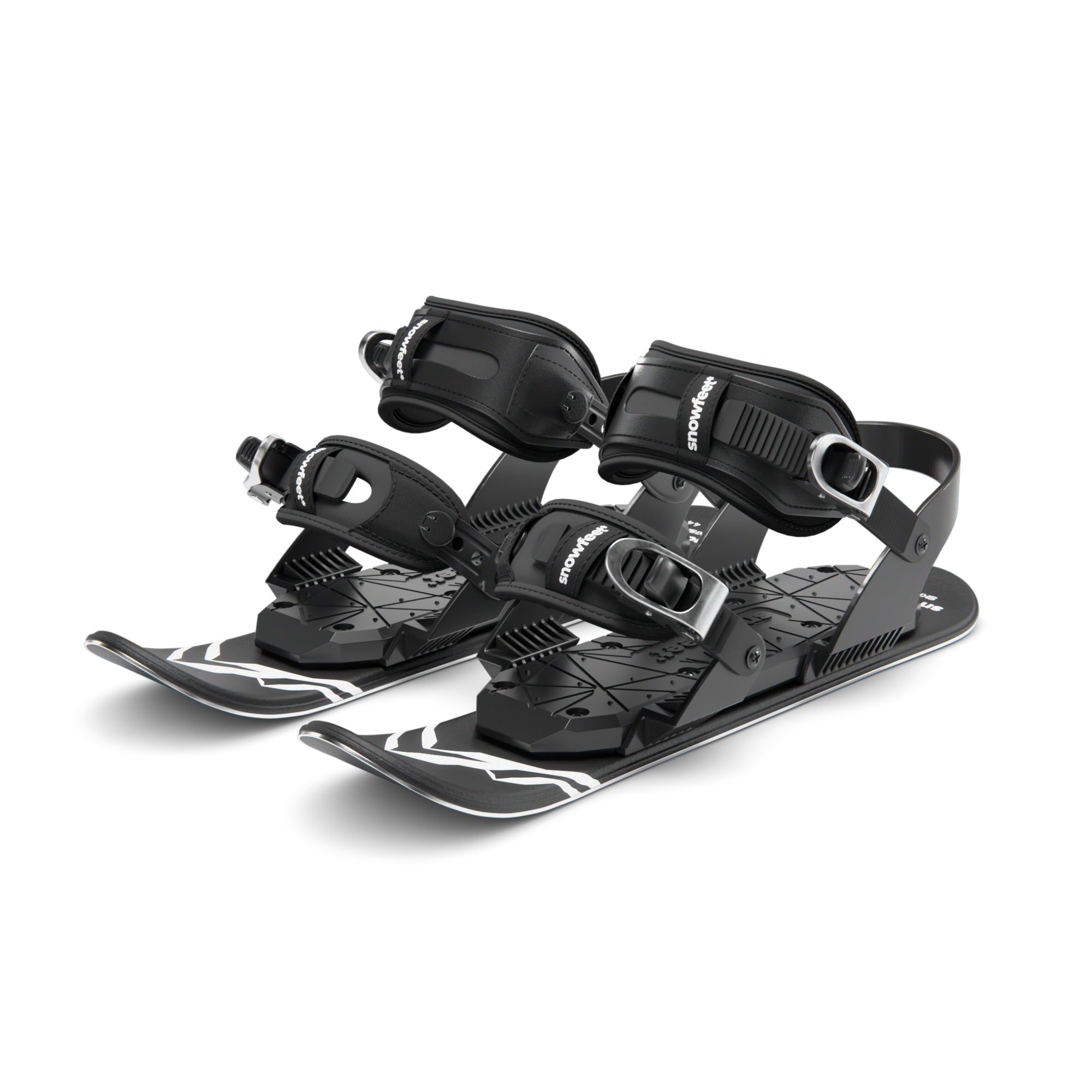
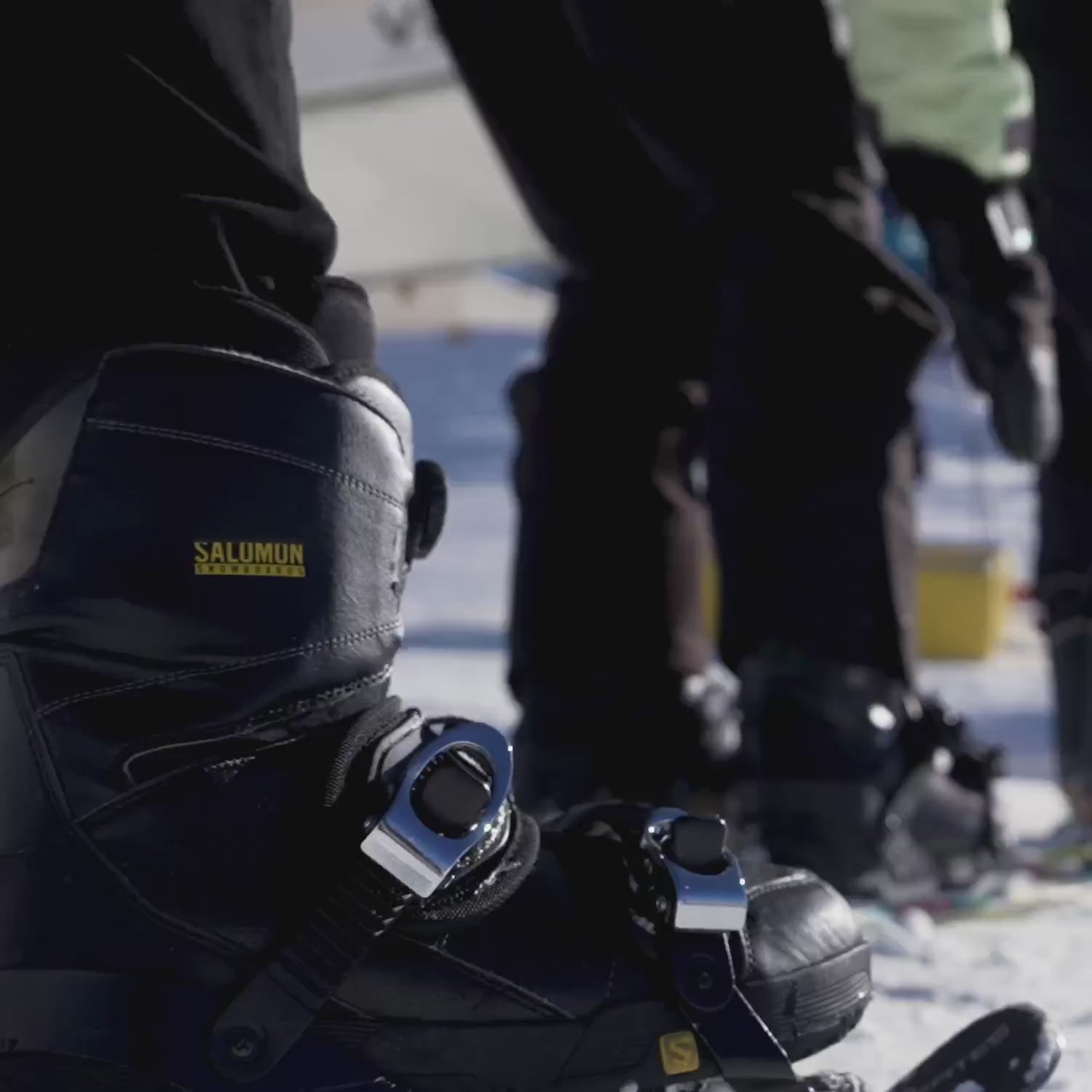
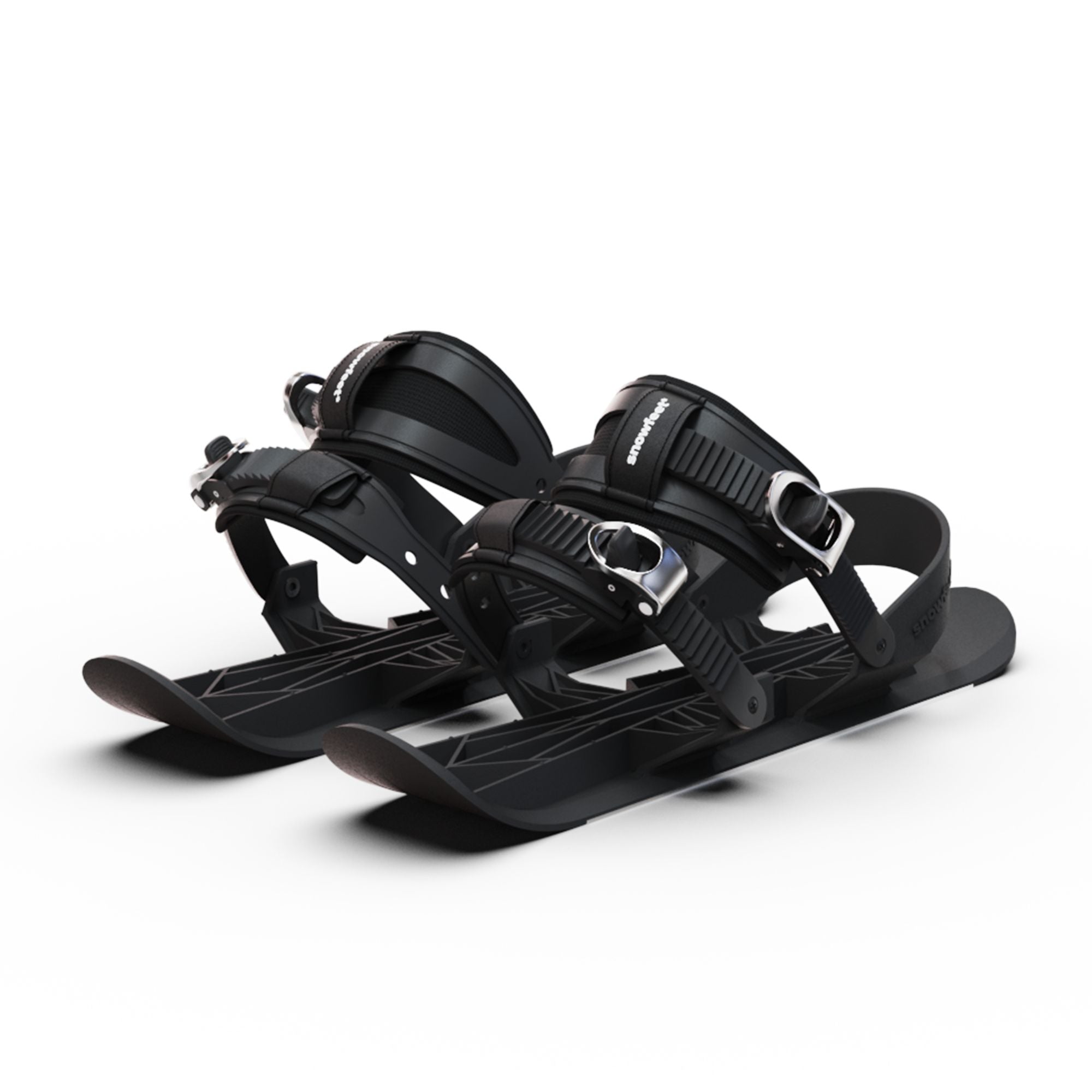
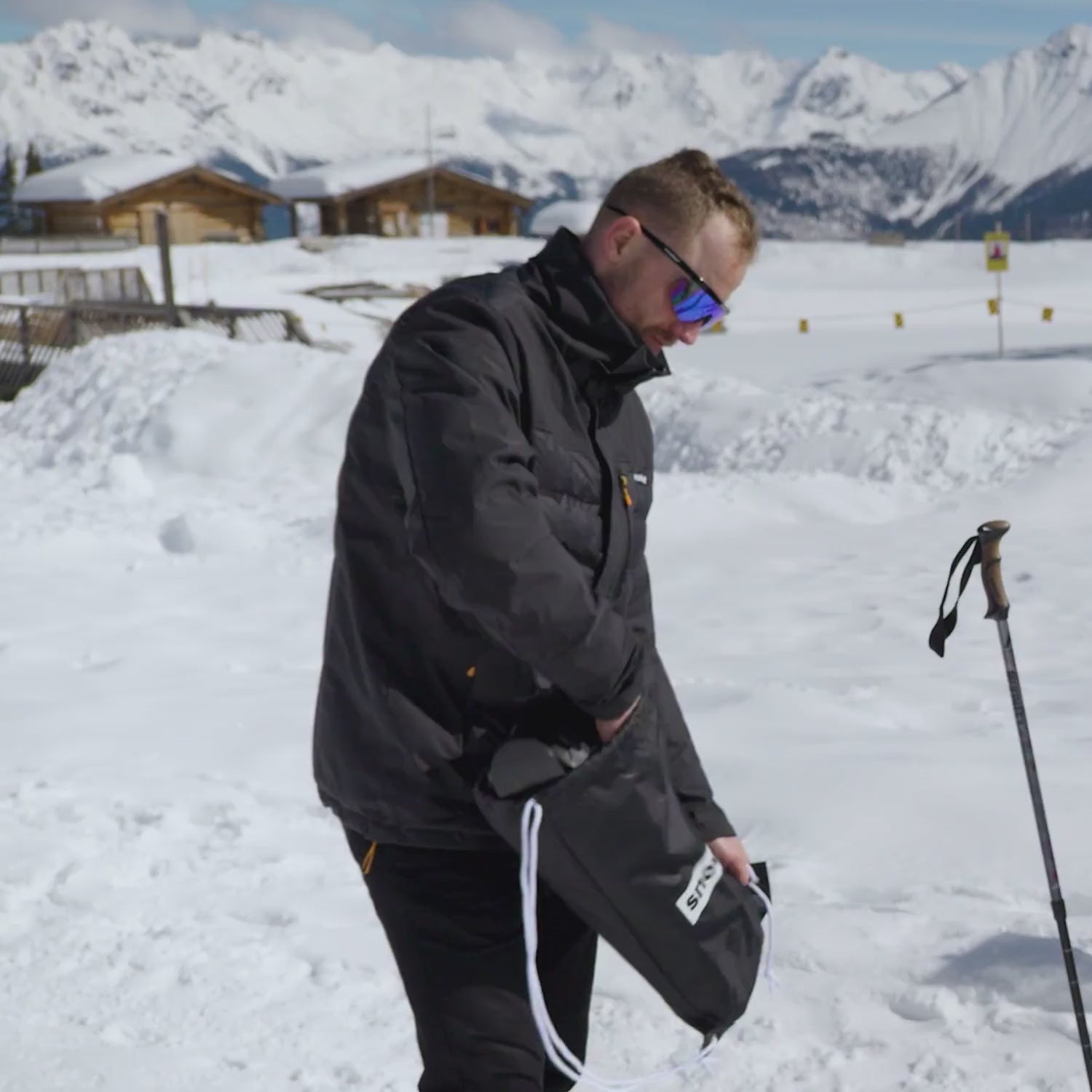
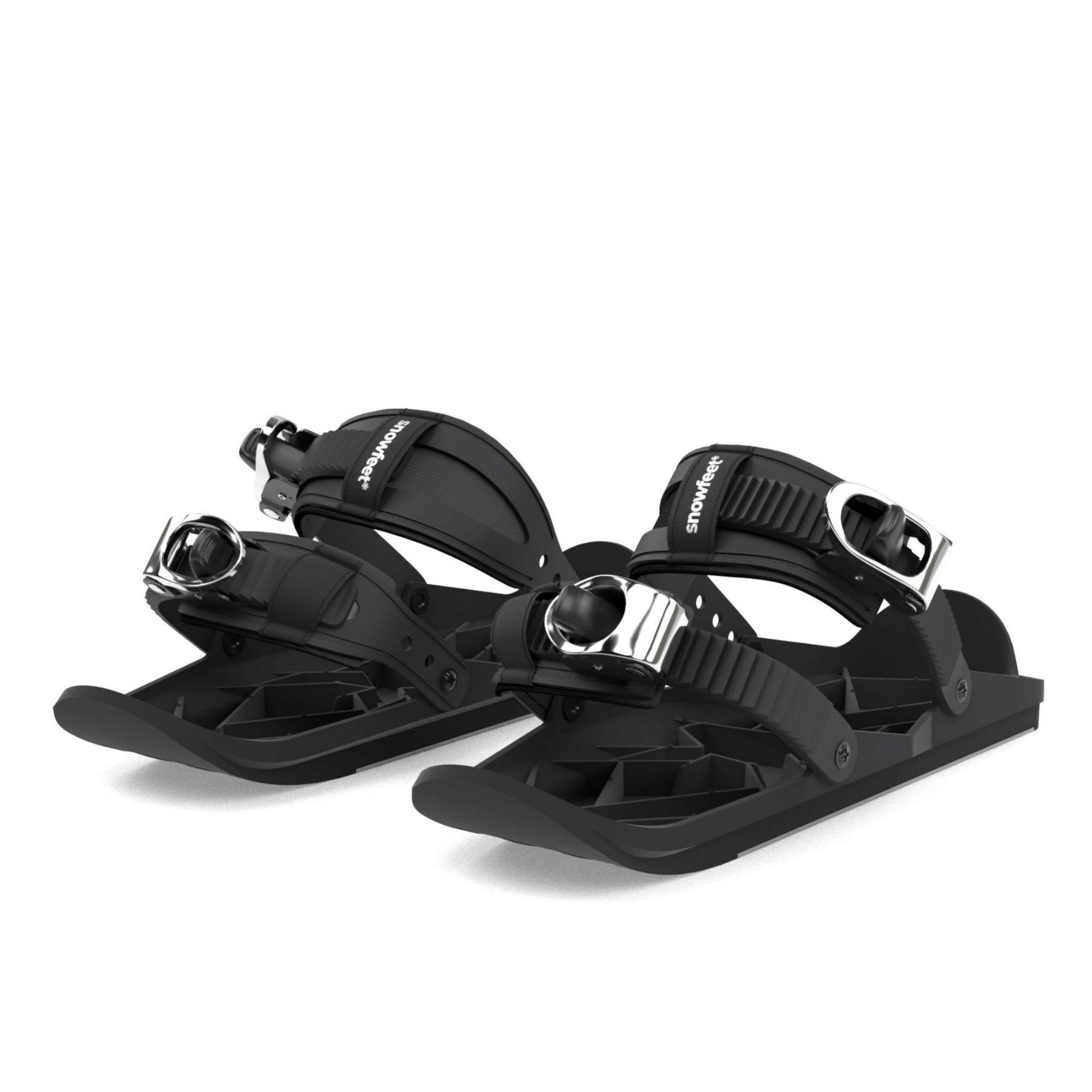
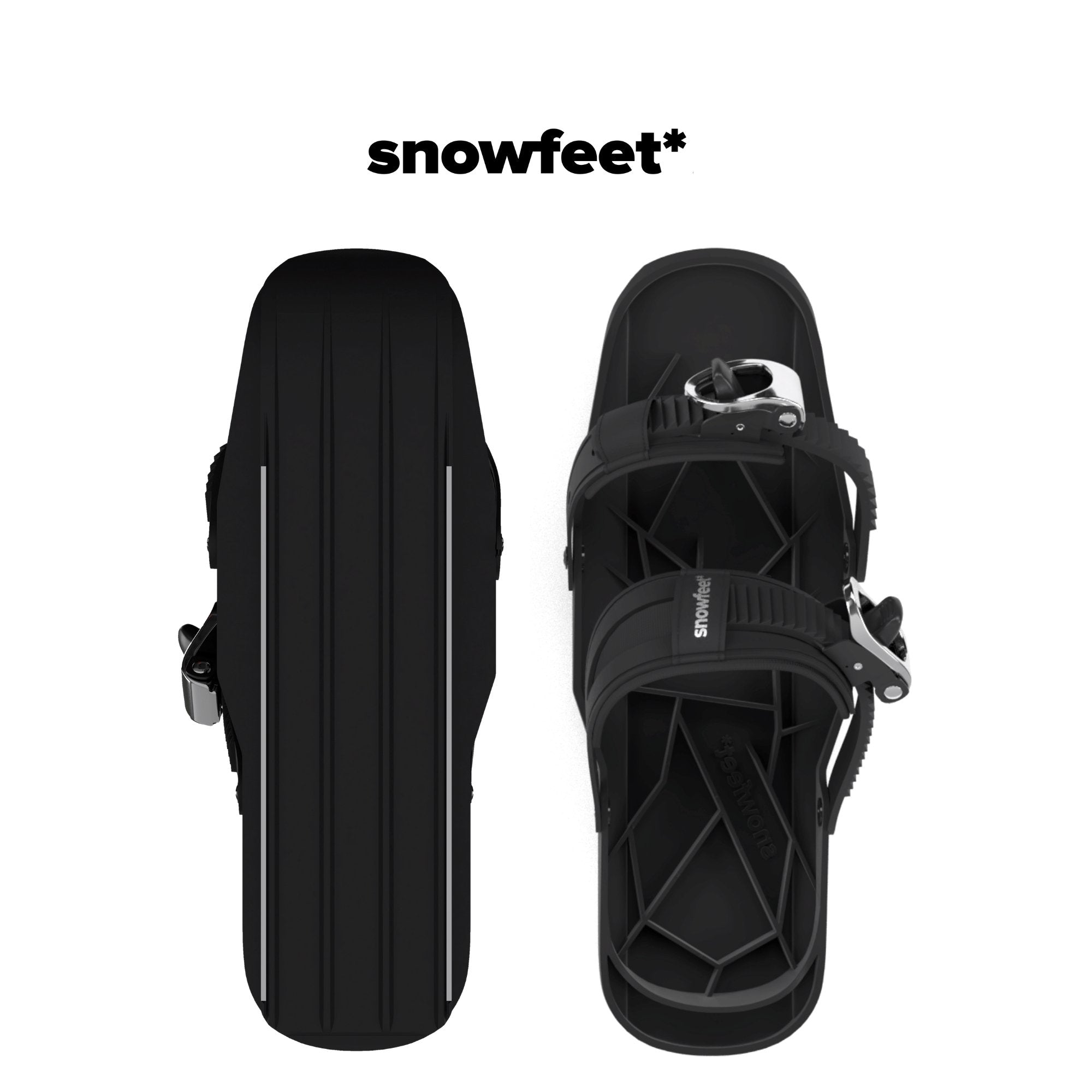
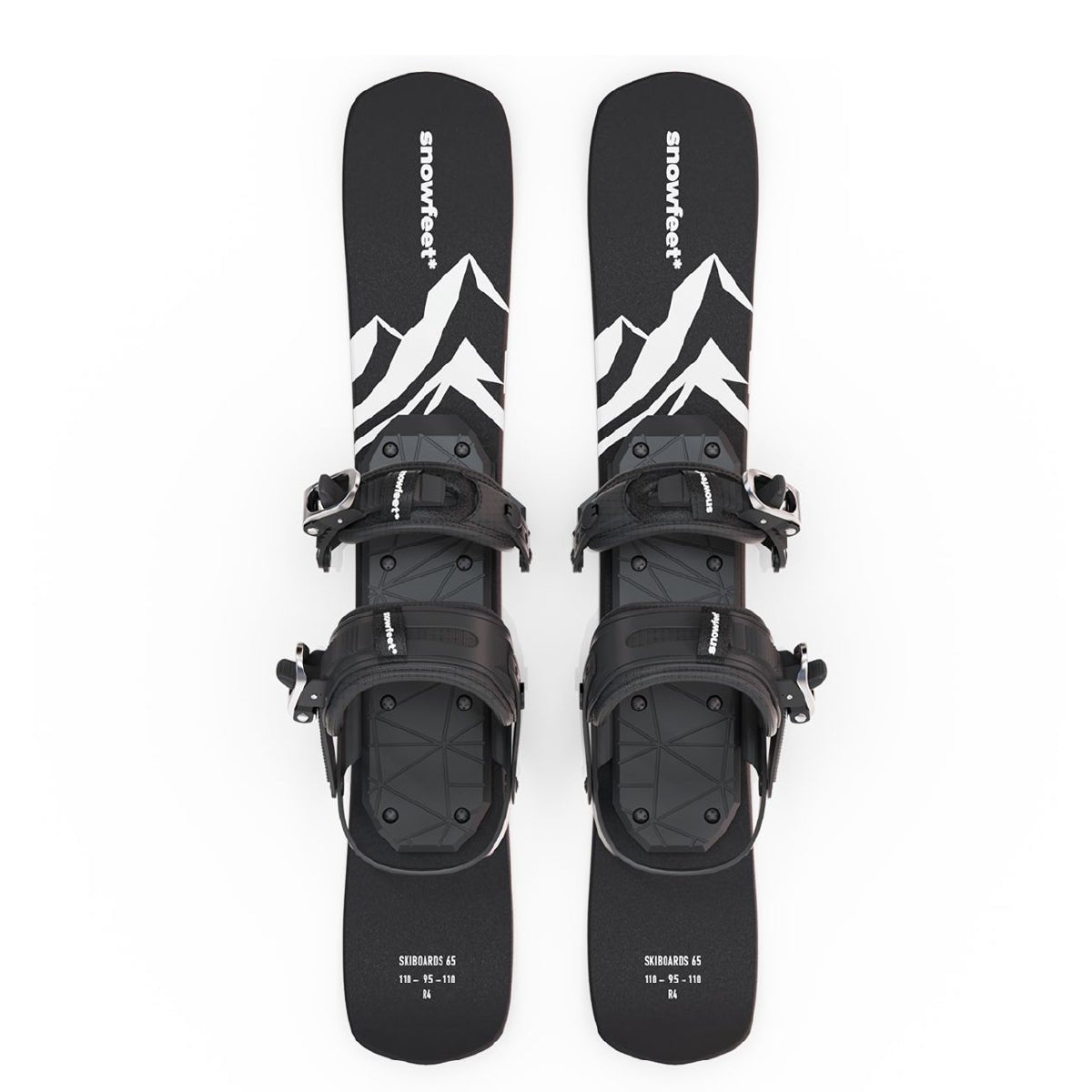
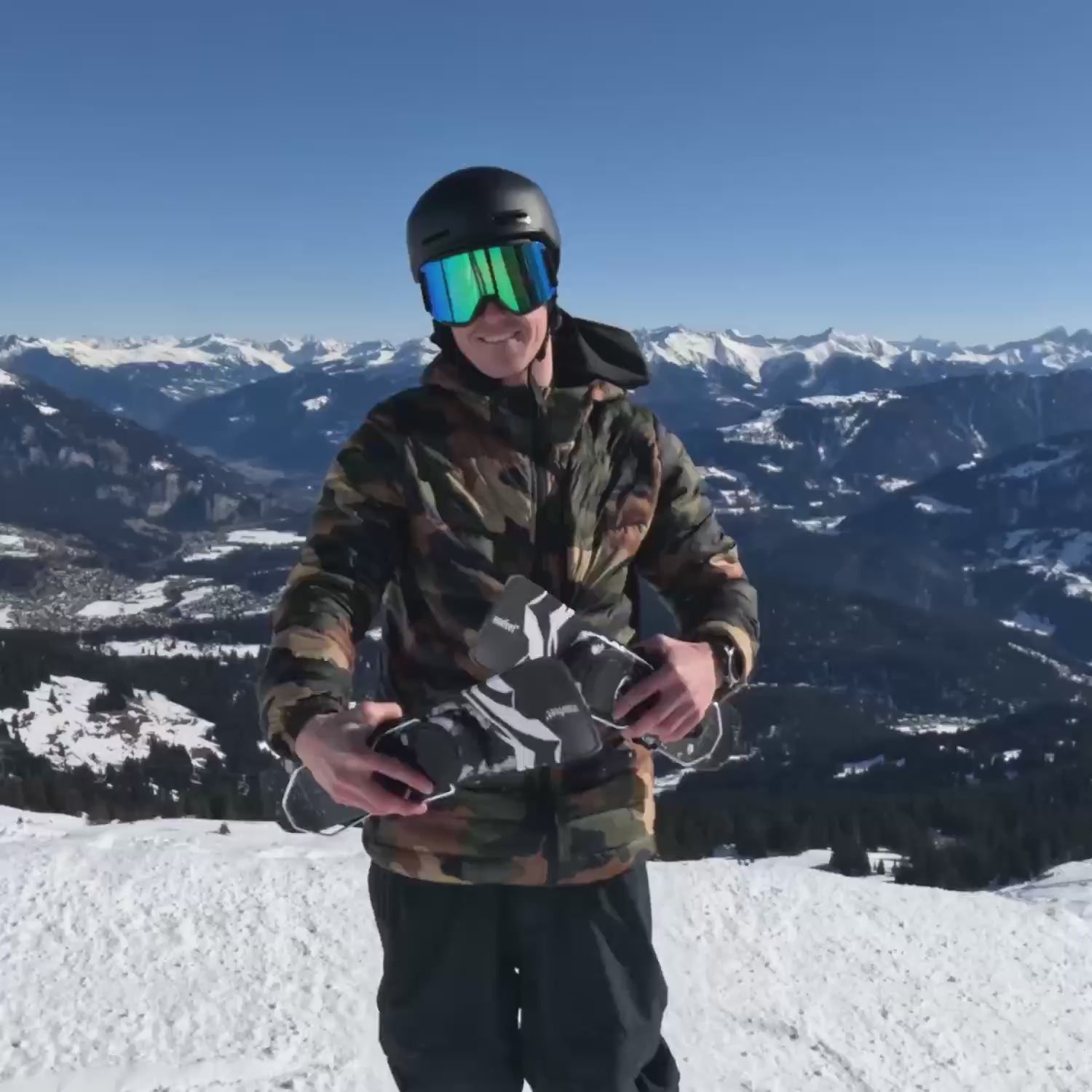
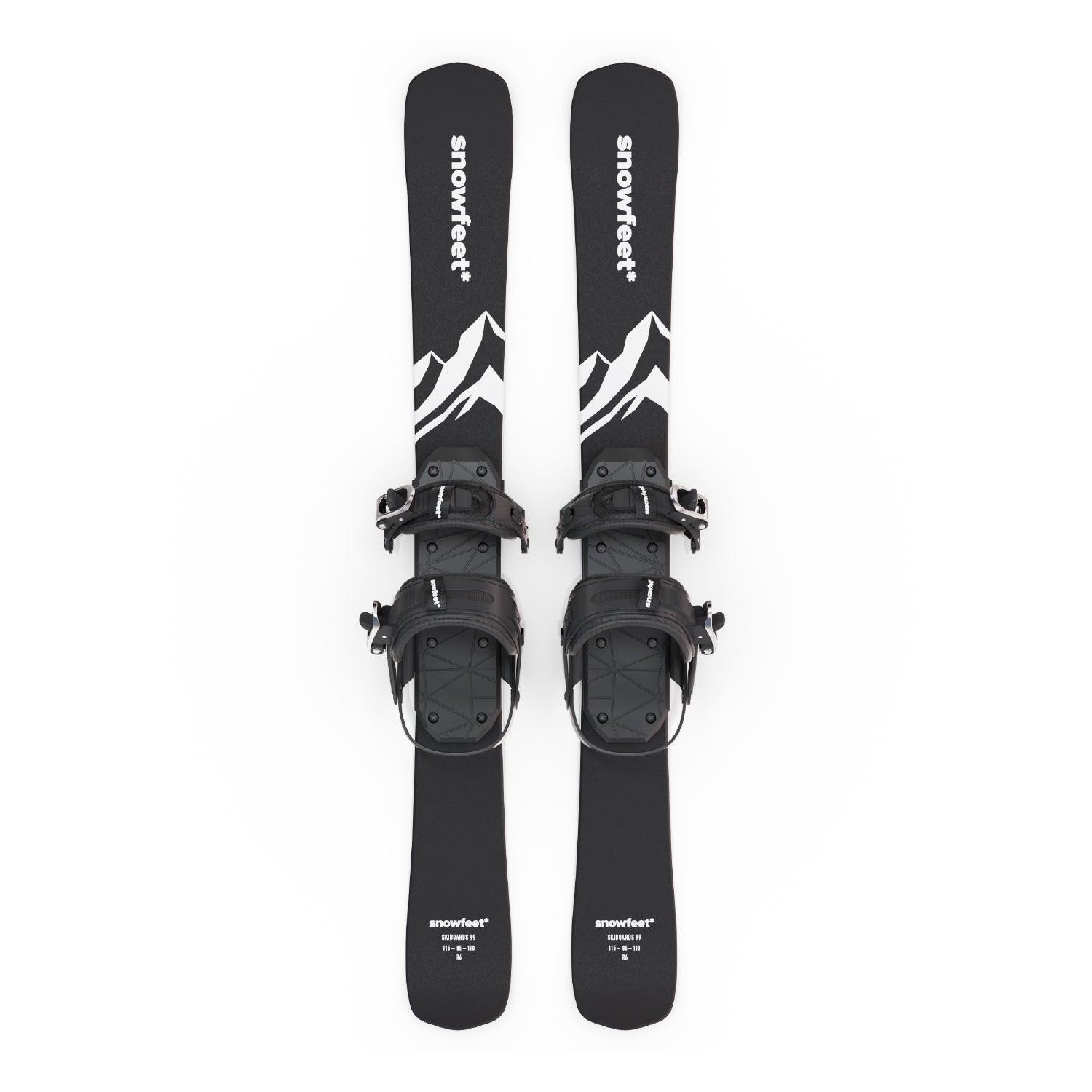
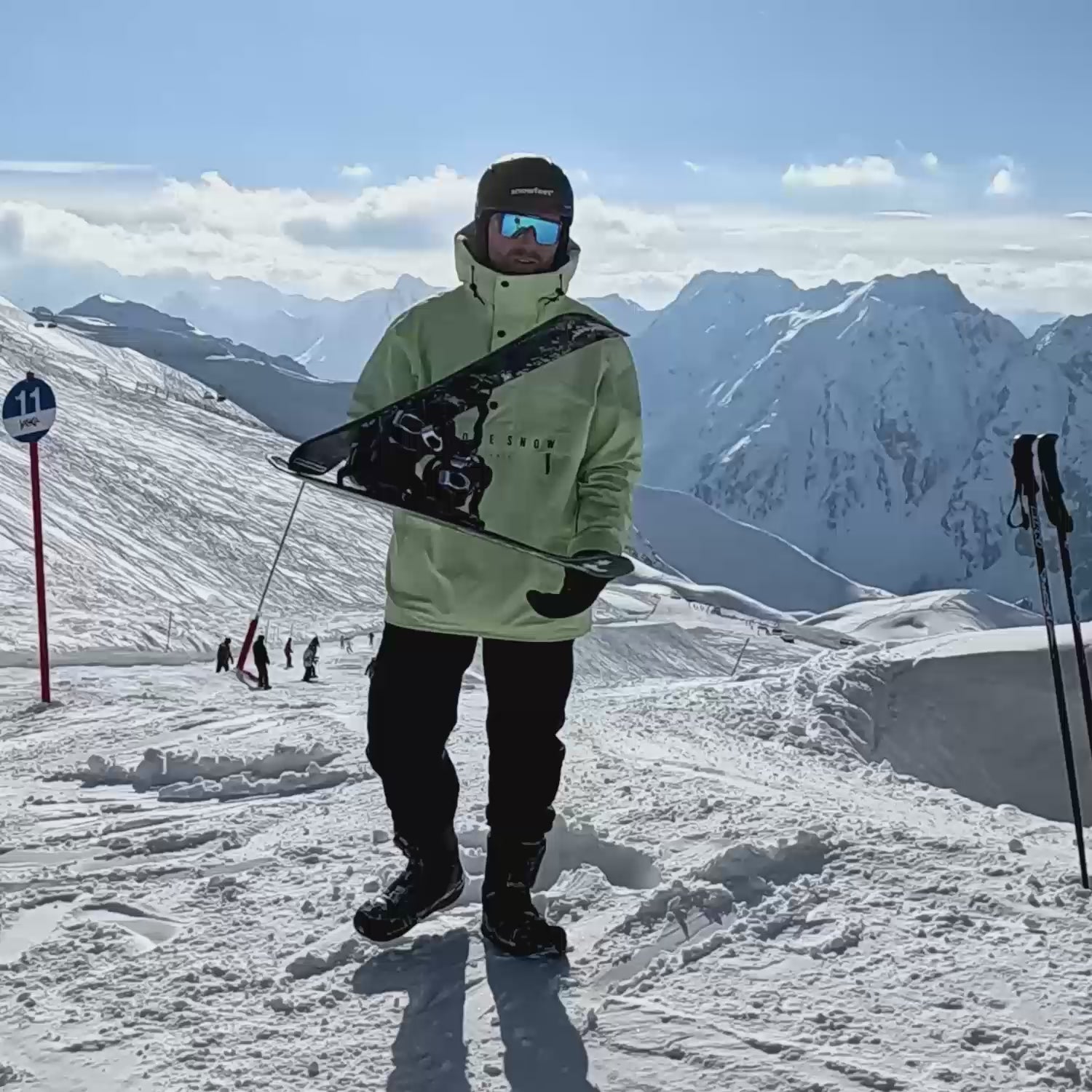
Leave a comment
This site is protected by hCaptcha and the hCaptcha Privacy Policy and Terms of Service apply.